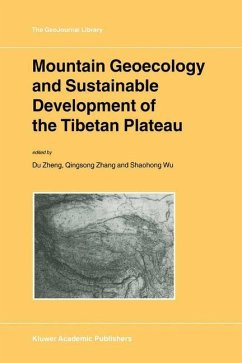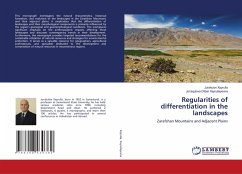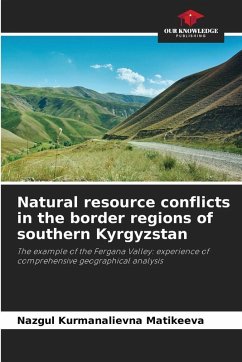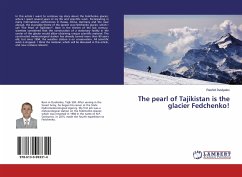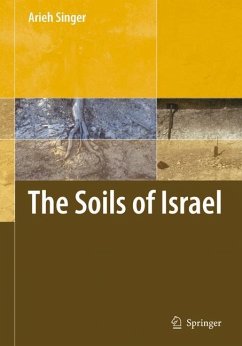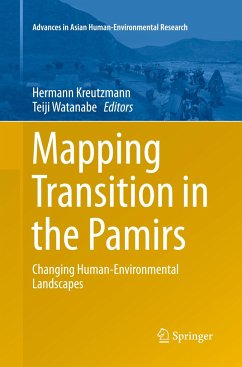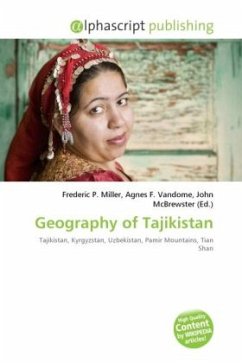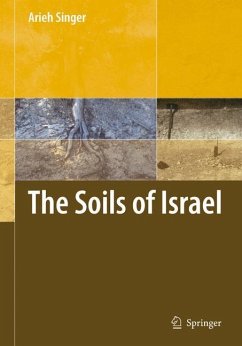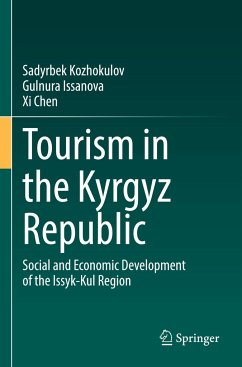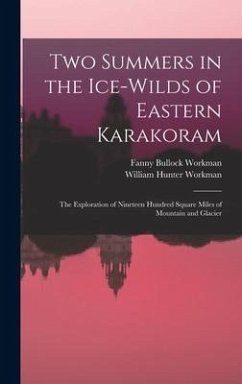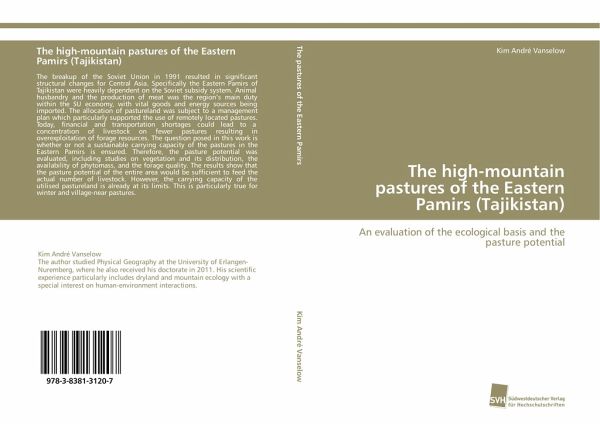
The high-mountain pastures of the Eastern Pamirs (Tajikistan)
An evaluation of the ecological basis and the pasture potential
Versandkostenfrei!
Versandfertig in 6-10 Tagen
59,99 €
inkl. MwSt.

PAYBACK Punkte
30 °P sammeln!
The breakup of the Soviet Union in 1991 resulted in significant structural changes for Central Asia. Specifically the Eastern Pamirs of Tajikistan were heavily dependent on the Soviet subsidy system. Animal husbandry and the production of meat was the region's main duty within the SU economy, with vital goods and energy sources being imported. The allocation of pastureland was subject to a management plan which particularly supported the use of remotely located pastures. Today, financial and transportation shortages could lead to a concentration of livestock on fewer pastures resulting in over...
The breakup of the Soviet Union in 1991 resulted in significant structural changes for Central Asia. Specifically the Eastern Pamirs of Tajikistan were heavily dependent on the Soviet subsidy system. Animal husbandry and the production of meat was the region's main duty within the SU economy, with vital goods and energy sources being imported. The allocation of pastureland was subject to a management plan which particularly supported the use of remotely located pastures. Today, financial and transportation shortages could lead to a concentration of livestock on fewer pastures resulting in overexploitation of forage resources. The question posed in this work is whether or not a sustainable carrying capacity of the pastures in the Eastern Pamirs is ensured. Therefore, the pasture potential was evaluated, including studies on vegetation and its distribution, the availability of phytomass, and the forage quality. The results show that the pasture potential of the entire area would besufficient to feed the actual number of livestock. However, the carrying capacity of the utilised pastureland is already at its limits. This is particularly true for winter and village-near pastures.



